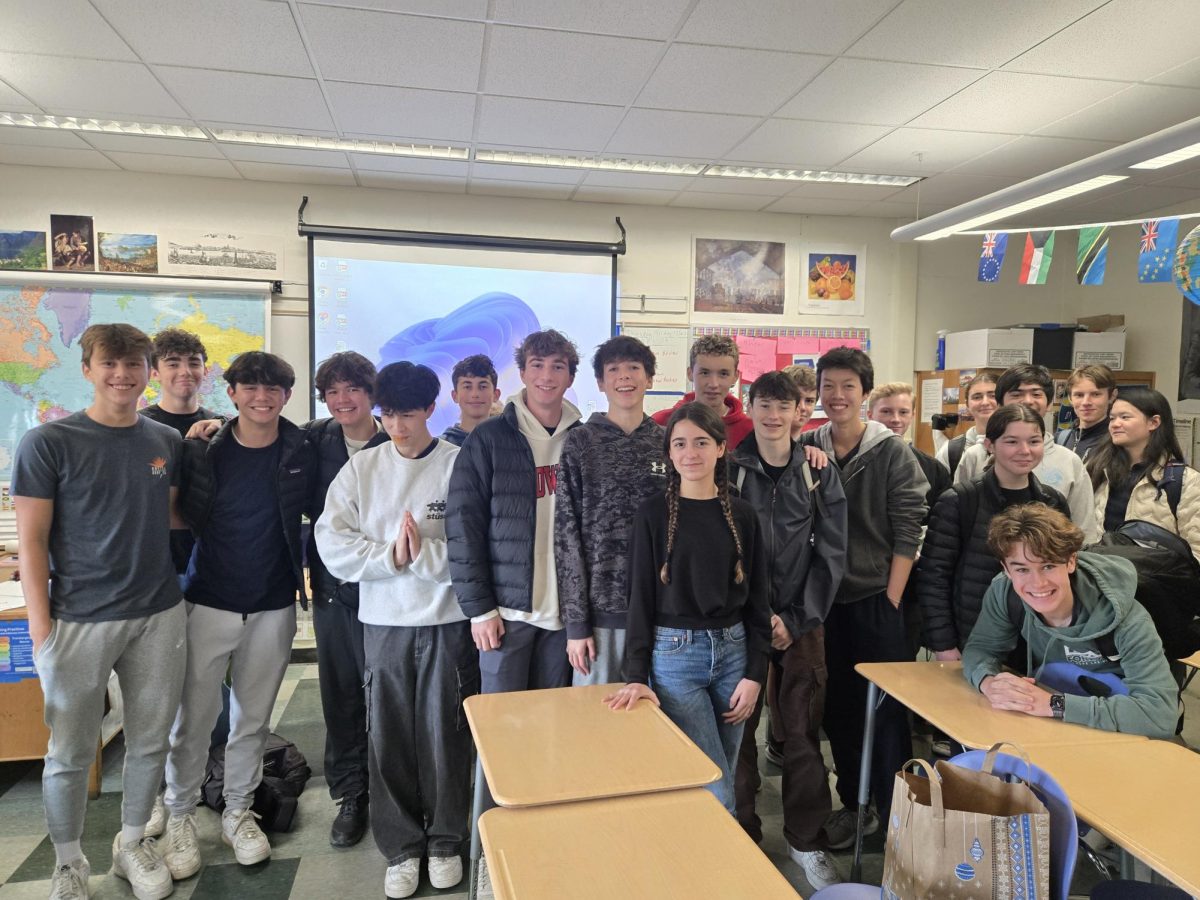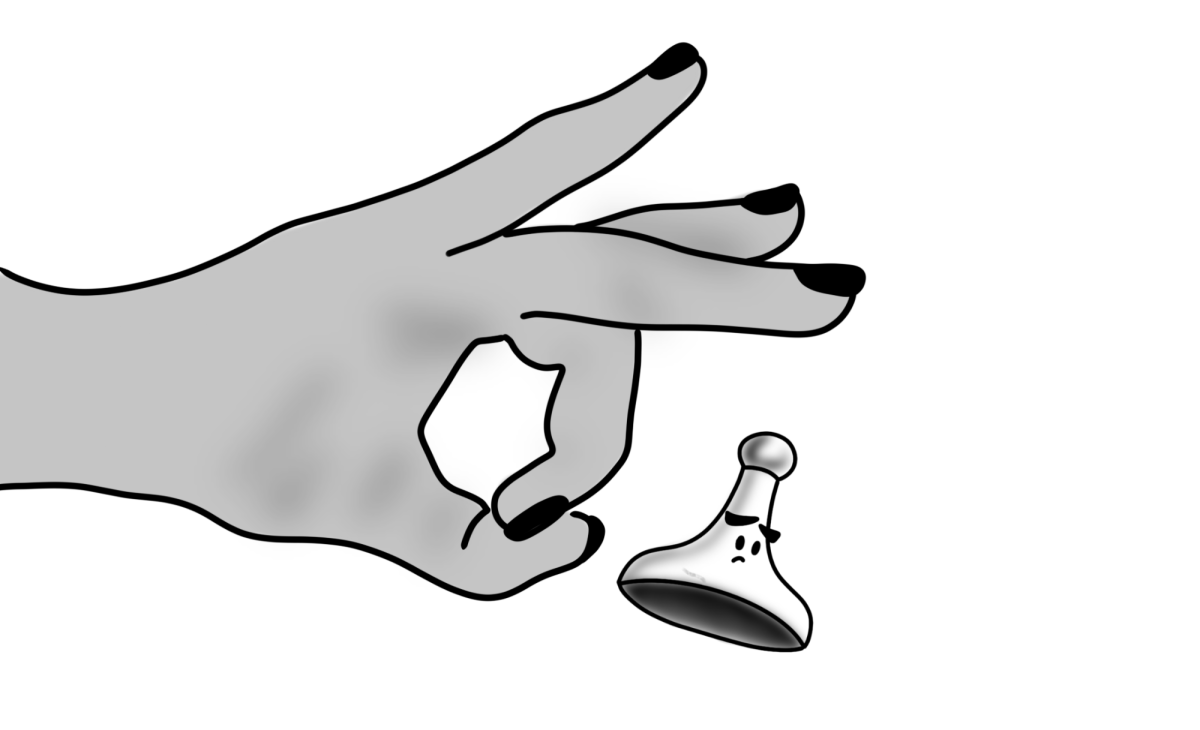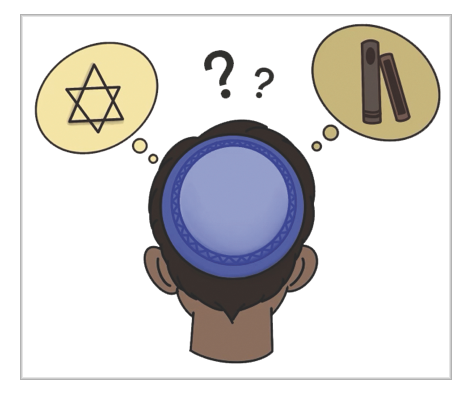Rolling Loud rolls out a stacked lineup but disappoints with poor scheduling
October 1, 2019
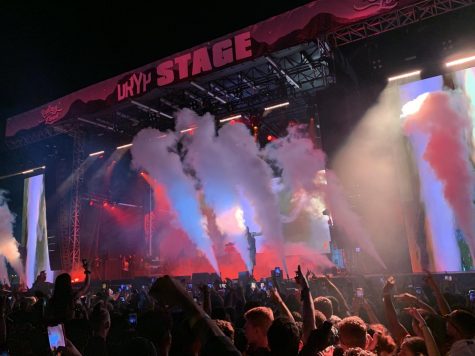
This past weekend, Sept. 28-29, a bland parking lot in Oakland was transformed into a haven of excitement and creativity full of an energetic buzz. After three massive stages were assembled, speakers installed and barriers erected, the festivities commenced.
Rolling Loud, a hip-hop festival that travels around the world, once again came to the Bay Area for the third year in a row. When I first saw the artist lineup for the festival, I was immediately filled with eagerness to attend. The general admission ticket cost an exorbitant “$199 + fees,” which added up to $229, but the artists in attendance justified the high price tag. The two-day lineup consisted of countless big-name artists such as Lil Uzi Vert, Migos and G-Eazy. However, once the artists’ performance times were released, I was overcome with disappointment–a feeling that was reinforced after attending the festival.
The crux of the issue lay in the scheduling strategy. The schedule placed the most recognizable artists later in the day, while the earlier hours were delegated to lesser-known artists. With all of the popular artists crammed into about a five-hour window, there was extreme overlap. Time and time again, I was forced to choose between two or even three of my favorite artists that were playing at the same time on different stages. After assembling a lineup of about 25 highly acclaimed artists, Rolling Loud only allowed festival-goers to see a little over 10 of them because of this overlap.
This poor scheduling could have been remedied by spreading out the more popular artists over the course of the day, allowing everyone to see all of their favorites. This revised strategy would also attract larger crowds for the more desired artists, providing an incentive for other big-name artists to attend. Rolling Loud’s decisions may have been intended to limit the size of crowds or allow for more time for attendees to experience the festival’s other entertainment, but I didn’t pay $229 to play basketball or get a haircut.
Aside from the scheduling issue, the festival was fantastic. Immediately upon entering the venue I was faced with oversized pink block letters that spelled out, “Rolling Loud,” which was a true representation of the ambitious, larger-than-life culture fostered at the festival. The majority of the artists playing before five o’clock were unknown to the average fan, so while the music was somewhat ignored, a large portion of attendees spent the first few hours exploring other aspects of the festival.
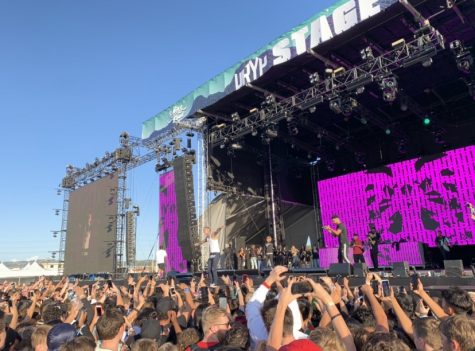
Rolling Loud clearly sought to expand their services outside of solely music this year. The festival grounds included a basketball court, a skate park, a barbershop and of course countless food options. The food, overpriced as expected for concerts and festivals, was greasy and satisfying. The options ranged from pizza to corn dogs to Chinese food. The festival even had a supply of “Loud O’s,” Rolling Loud’s trademarked cereal.
After enjoying my share of basketball and food, I experienced one of the most thrilling moments of the festival on Saturday. I was waiting for Smokepurp’s next song, just 20 feet from the stage, when Lil Pump made a surprise appearance. He proceeded to perform a few of his most popular songs, bringing the crowd into a frenzy. The unpredictable nature of the festival and free reign given to artists was part of what made Rolling Loud one of my favorite events I have attended.
Rolling Loud surpassed my expectations this year regarding their diversity in areas outside of music and succeeded in creating an exhilarating atmosphere. Although the only detraction from the festival was the set timing, I still enjoyed the most action-packed five hours of my year and plan on attending again in 2020.


